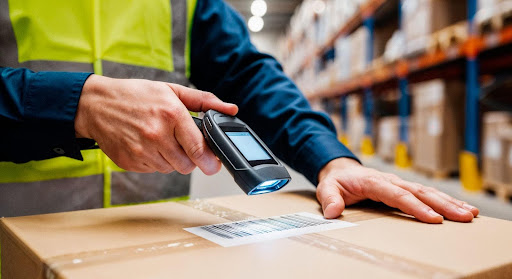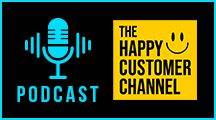Businesses that sell consumer packaged goods understand the importance of efficient order management. If your business ships to B2B or DTC (or both), your ability to process thousands of orders every day is your backbone.
In this blog, we’ll be discussing five key steps that can help you optimize order management for CPG products.

Why is Order Management in CPG a Challenge?
Due to the fast-paced nature of the CPG space, products move quickly, and demands shift rapidly. Therefore, you need multiple sales channels to stay competitive. But the challenge is not just about getting from point A to point B; you need to do it with accuracy. You need to scale your operations to gain full visibility across your inventory and orders.
If you’ve been doing business for a while, these common problems will sound familiar:
- Inaccurate forecasting leads to routine stocking issues.
- Poor route planning leads to missed deliveries.
- Manual order entry leads to mislabeling or repeated errors.
- No or poor visibility across your warehouses and distribution centers.
So, how do you solve these problems? Your best bet is to streamline your CPG order management process.
5 Steps That Can Help You Do Just That
Optimizing your order management processes doesn’t mean you have to go for a complete overhaul. You can start with a series of targeted improvements that lead to smoother daily operations.
Here are five steps that can help your business scale faster:
Step 1: Go for Centralized Order Management
You need to start with an Order Management System that acts as your centralized command center. It will handle every order from every channel to make it easier to track, edit, and fulfill them from a single dashboard.
By integrating an OMS into your business, you will be free from daily errors and mislabels. This means your staff will get more time in their day to do meaningful tasks instead of doing manual data entry. In addition, your OMS will instantly integrate with your CMS, ERP, and WMS to become an all-in-one solution.
But before all of the good stuff, you need to make sure that the OMS you’re finalizing has:
- Omnichannel order syncing.
- Real-time order updates and alerts.
- Ability to automate workflows.
Step 2: Opt for Real-time Inventory and Forecasting
Most CPG businesses hit a wall when it comes to inventory management. Without real-time stock updates, you risk going out of stock. You may also end up running out of best-selling items. This means your customers will become frustrated and you’ll lose revenue.
Forecasting tools, on the other hand, don’t just look at monthly sales. They consider factors like season, promotions, and buying trends. If you combine these factors with live inventory updates, you will make smart and informed fulfilment decisions.
Here are some steps that will help you:
- Integrate an Inventory Management System.
- Use POS and e-commerce channels.
- Run weekly demand forecasting.
- Monitor stocks in real-time
- Use AI tools for predictive modelling.
Step 3: Automate Your Fulfilment and Routing
CPG businesses rely on speedy fulfillment to generate business. You need to automate your fulfillment workflows to reduce weekly operational hours. Your process will gain speed when you let the system decide which warehouse to ship from. It will use your customer’s proximity to find the shortest route according to available inventory and shipping costs.
AI-order routing is the future of logistics because it brings faster deliveries, lower costs, and better customer satisfaction to the table. In addition, it can also detect priority orders from recurring customers or high-value orders and move them to the front of the line.
Before you implement automated fulfilment and routing, you must:
- Use fulfillment software that auto-allocates inventory.
- Set rules to flag VIP or rush orders.
- Connect to multiple carriers for real-time shipping rate comparisons.
- Enable barcode scanning to reduce errors.
Step 4: Deploy a CPG-Specific Supply Chain Solution
Generic supply chain solutions do not meet the cut for CPG businesses. You need specialized solutions that typically include:
- Real-time visibility.
- Integration with 3PLs.
- EDI integration to streamline transactions.
But why does a specific solution matter so much? It’s because fragmented data often leads to costly and missed opportunities. So, a unified supply chain solution will give you the agility and control that enables you to respond quickly to market demands.
Here are some steps you need to take:
- Partner with a 3PL provider experienced in CPG logistics.
- Implement real-time tracking for all shipments.
- Choose a platform with strong data analytics capabilities.
- Set up EDI to meet compliance standards.
Step 5: Align Your Inventory and Fulfilment Strategies for CPG
The last step includes a balancing act. You need to keep enough inventory to meet demand without getting your capital stuck in unsold goods. So, start with a safety stock for high-volume SKUs and integrate distributed inventory models for regional fulfillment. You can also set up micro-fulfilment centers near dense population hubs to meet a same-day delivery schedule.
Similarly, you must not forget about reverse logistics. Smooth returns handling is just as important to maintain trust and operational efficiency.
Here’s how you can align reverse logistics:
- Analyze SKU performance regularly.
- Adjust safety stock levels.
- Use a hub-and-spoke model for decentralized fulfillment.
- Use return data to refine your restocking strategy.
- Automate restocking alerts based on reorder points.
How Optimized CPG Order Management Reduces Supply Chain Costs
As you streamline your order management, you will significantly cut costs across your entire supply chain. For CPG companies, margins are often tight, but with high order volumes, this impact can give you a much-needed competitive advantage.
Here’s how order management directly lowers supply chain expenses:
- With automation and real-time data, reducing chances of duplicate orders.
- Better forecasting tools allow you to maintain stock without risking shortages.
- Smart fulfillment routing uses cost-effective shipping routes.
- Automated workflows reduce the need for manual intervention.
Learn more about other contact center solutions services
Conclusion
Order management for CPG products is more than just logistics; it’s the backbone of your business model. It defines how you serve your customers and manage your costs. If you want to win in the CPG space, you need to use systems and strategies that support your growth instead of stalling it.



